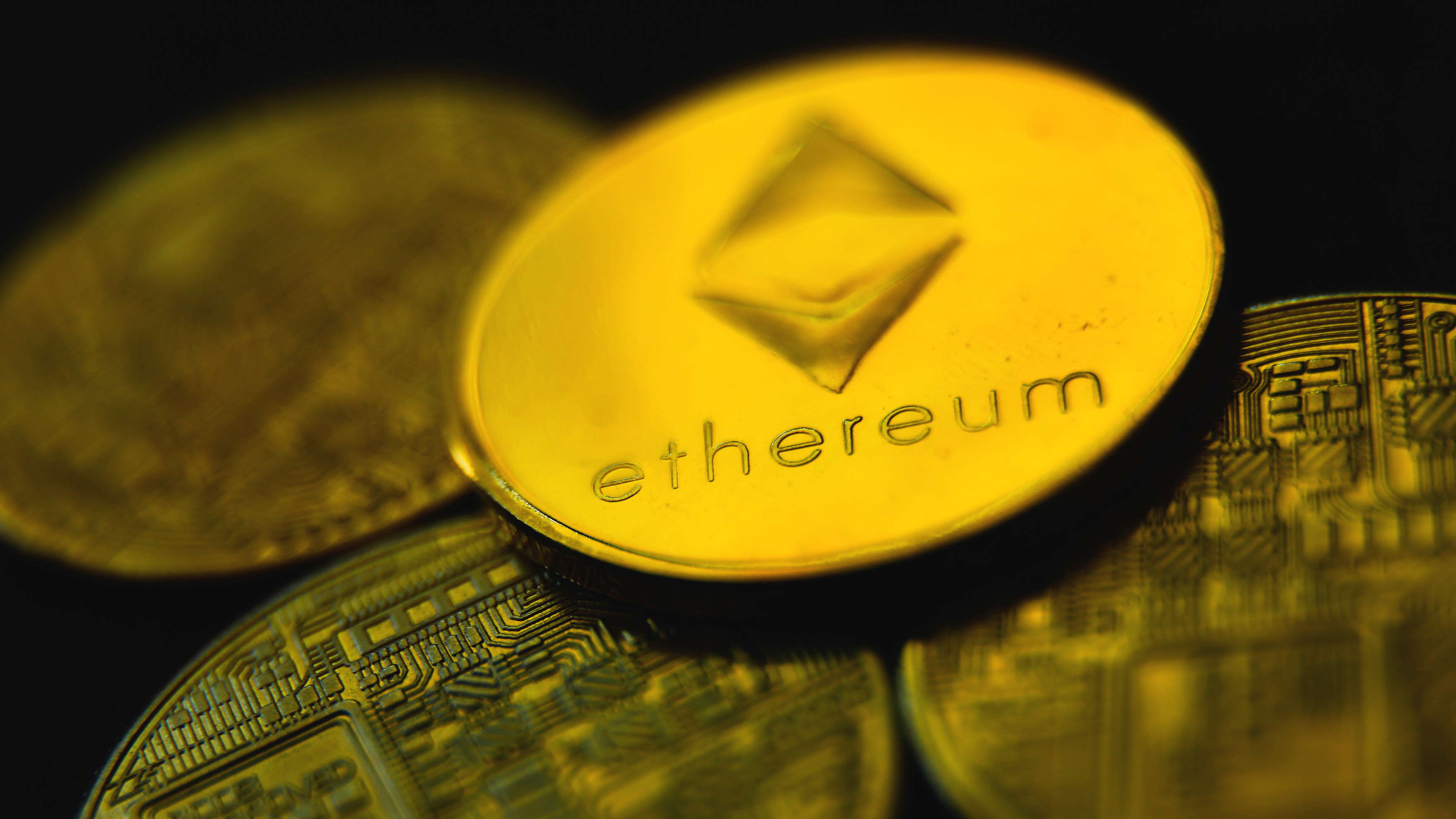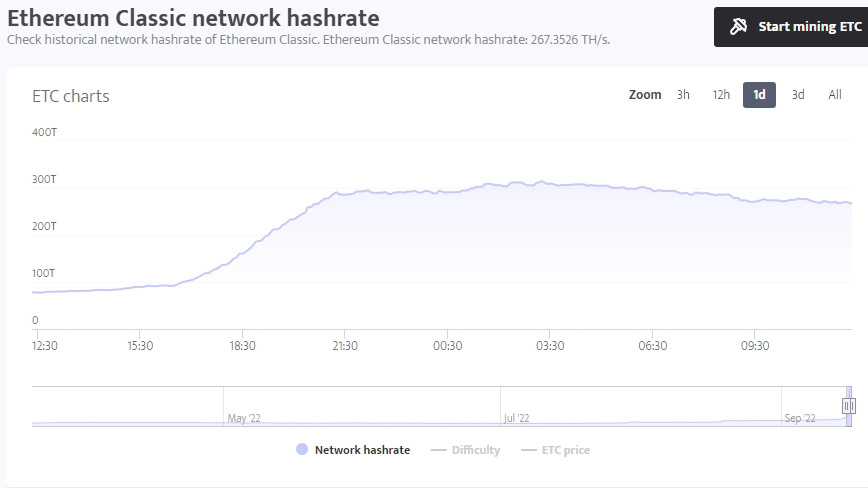Reasons to be cheerful: 'GPU mining is dead less than 24 hours after the merge'
Ethereum GPU mining is dead and miners are searching for mineable alternatives... with little success.

The ethereum merge has finally happened! After years of planning, development, and delays, ethereum’s shift to a proof-of-stake consensus mechanism has seeming gone off without a hitch. Ethereum miners have been made redundant, and hopefully, this is the official end of large-scale GPU mining—the bane of PC gamers worldwide—forever.
In the lead up to the switch, miners mostly stopped buying new GPUs, while others dumped their cards on the second-hand market. Both of these are significant factors behind the graphics card price drops that have been happening this year. In fact, many cards have halved in price since the beginning of 2022.
But not all miners are shutting up shop. The ethereum hash rate didn’t drop as much as expected in the days and hours before the merge, meaning many miners were holding out for the last few blocks and rewards up until the last minute. Other miners switched to other coins, hoping to use all of that GPU hash power to snag some easy rewards. However, they’re quickly finding that nothing comes close to the rewards of ethereum.
"GPU mining is dead less than 24 hours after the Merge," said Ben Gagnon of bitcoin miner Bitfarms in a recent tweet. "The only coins showing profit have no market cap or liquidity. The profit is not real."
Ethereum was by far the most profitable proof of work coin. Ethereum classic is the currently best post merge alternative for GPU miners. ETC is a hard fork of ethereum that occurred in 2016 following a factional split and it's seeing an influx of ex-Eth miners over the last 24 hours. But miners hoping to maintain profit levels anywhere near that of pre-merge Eth are quickly being disappointed.
The market cap of ethereum currently sits at around $177 billion, while ethereum classic sits at just over $4.6 billion, so straight away, block rewards are going to be dramatically lower. But that's not the only reason that contributes to lower profitability.
Proof of work algorithms dynamically adjust according to the amount of network hash power. In general, the more hash power there is, the harder it is to generate block rewards. This means that ex-Eth miners looking for easy rewards are going to find it more and more difficult, as more of them switch over.
Keep up to date with the most important stories and the best deals, as picked by the PC Gamer team.


According to data from Coindesk, a block reward for ETC mining was 0.0186, or around 70c, but in the hours after the merge, the reward was more like 0.0003, or 11c. One of the few PoW alternatives—ravencoin—saw its rewards fall even further, from $1.77 per block to just 5c. These drops are a result of the networks adjusting their difficulty in response to massive jumps in GPU hash power.

Best CPU for gaming: The top chips from Intel and AMD
Best gaming motherboard: The right boards
Best graphics card: Your perfect pixel-pusher awaits
Best SSD for gaming: Get into the game ahead of the rest
Though ETC and RVN mining differ for reasons other than just price, both coins are simply not profitable to mine once electricity costs are considered. If you've got massive solar generation, perhaps it might be worth continuing, but miners are going to get more of a return from dumping their mining cards.
We've seen loads of cards on second hand marketplaces, but now the last pre-merge block rewards have been earned, will a real selling flood now begin? As miners discover that their rigs have little to earn, it's probable we'll see some major sales in the coming weeks. Livestreamed auctions anyone?
We're all awaiting the launch of next gen RTX 40-series and RDNA 3 GPUs, but if you could get a genuinely cheap ex mining GPU, would you take the plunge?

Chris' gaming experiences go back to the mid-nineties when he conned his parents into buying an 'educational PC' that was conveniently overpowered to play Doom and Tie Fighter. He developed a love of extreme overclocking that destroyed his savings despite the cheaper hardware on offer via his job at a PC store. To afford more LN2 he began moonlighting as a reviewer for VR-Zone before jumping the fence to work for MSI Australia. Since then, he's gone back to journalism, enthusiastically reviewing the latest and greatest components for PC & Tech Authority, PC Powerplay and currently Australian Personal Computer magazine and PC Gamer. Chris still puts far too many hours into Borderlands 3, always striving to become a more efficient killer.

